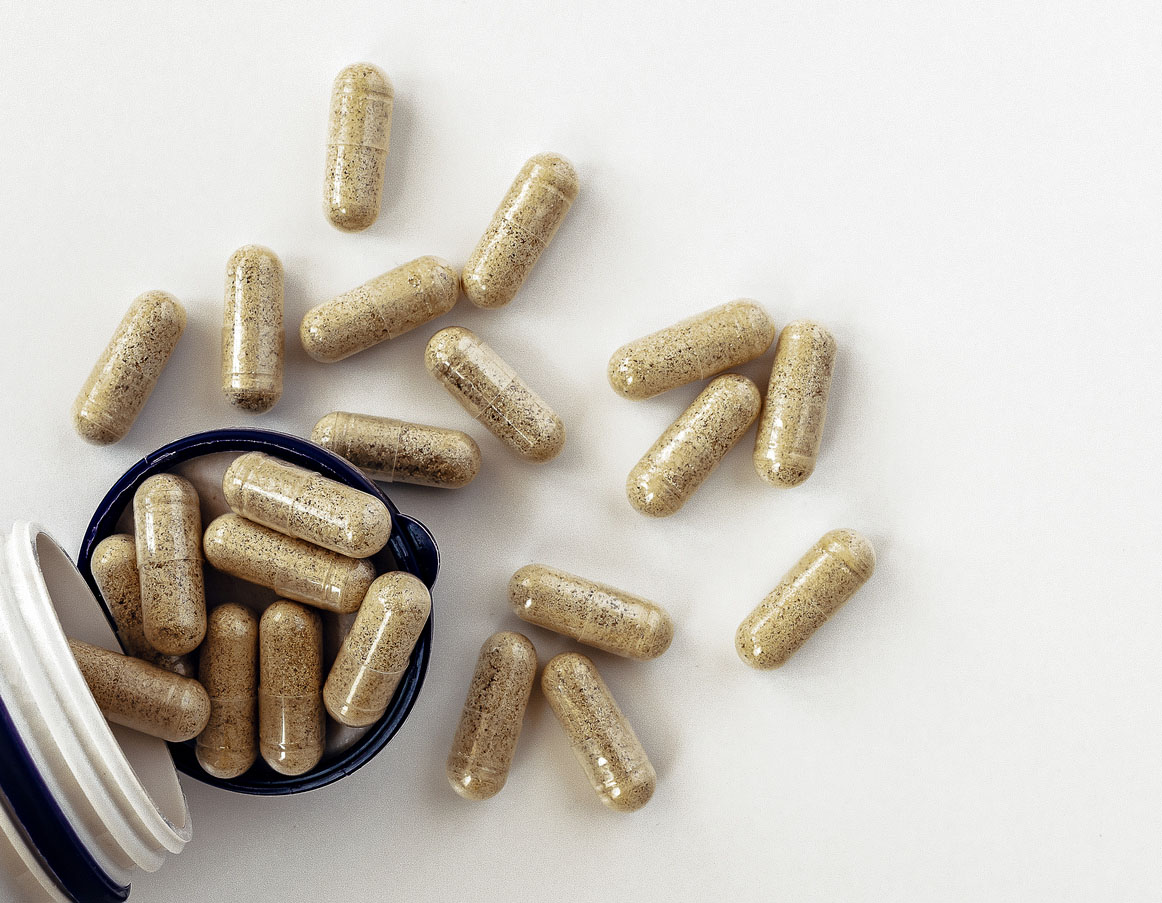With fall and winter approaching, and some predicting a “second wave”, here’s practical advice on nutritional support for immune function from our friends at Protocol for Life Balance.
–Dr. Ronald Hoffman
This article contains content from one of our trusted sponsors.
Seasonal changes affect all life forms including humans. Many bodily systems are affected by these seasonal changes, including cardiovascular, brain, and immune systems. It is well known, for example, that vitamin D metabolism is affected by seasonal changes, mainly due to differences in sun exposure. As science progresses, other season-dependent physiological changes that affect immune function are being discovered. For example, in a recent scientific publication, researchers have reported that more than 4,000 protein-coding mRNAs in white blood cells and fat tissue have seasonal expression profiles. It has also been observed that the cellular and soluble factor (CRP, IL-6) composition of blood varies according to the season.1 While there is still a lot to discover about the seasonal influence on immune function, supplements are useful tools to help maintain a healthy immune function throughout the year.*
For vitamin D, population studies in the northern hemisphere have shown that the highest blood levels are typically in August and the lowest in March.2-4 Because there is a two-month delay between the decrease in sunlight exposure and the related decrease in vitamin D blood levels, it is very important to supplement your diet with vitamin D as early as possible in the fall to avoid a decrease in vitamin D blood levels during the winter months.
The daily dose of vitamin D required to support a healthy vitamin D status depends on vitamin D blood levels. As a rule of thumb, for each 100 IU of vitamin D3 supplementation, serum concentrations of vitamin D rise by 1 to 2 nmol/L (0.70 nmol/l for each mcg/d); however the effect of supplementation on blood levels also depends on baseline levels, the season (higher doses are needed in the winter to obtain the same rise in blood levels than in the summer), the duration of supplementation (6 weeks’ supplementation is needed to stabilize blood levels) and the blood levels that you are trying to reach. (DRI) Other factors can affect vitamin D’s status in the body as well as its blood levels. For example, vitamin D is stored in fat tissue and is inactive when stored there, this typically results in lower vitamin D blood levels in obese and overweight individuals. Determining optimal blood levels of vitamin D is also challenging, for the maintenance of bone health in adults, the Institute for Medicine recommends that serum levels be maintained above 50 nmol/L (20 ng/mL); however no official recommendations have yet been established with respect to the maintenance of healthy immune system function.*5 Observational population studies have shown that there is a clear relationship between respiratory health and blood levels of vitamin D, showing best results with vitamin D blood levels above 100 nmol/L.*6 All of these variables make it difficult to recommend a dose of vitamin D that will supports the needs of every individual and this is why your healthcare practitioner can help you establish the right dose for you to maintain optimal blood levels throughout the year.
Vitamin C also follows a seasonal cycle in the body as many people eat less fresh fruits and vegetable when fall comes, even though they are available all year. Seasonal changes in diet directly affect blood levels of vitamin C since the body cannot produce vitamin C, and body stores are extremely limited. Supplementing the diet with vitamin C is a great solution to avoid the fall/winter decrease in vitamin C levels and maintain normal blood levels of vitamin C.*7 Vitamin C is known to enhance the function and proliferation of certain types of white blood cells.*8,9 This effect on the immune system has been clinically demonstrated for daily doses of vitamin C of at least 1,000 mg.*8,9
While bodily zinc stores are not affected by seasonality, the role of this micronutrient for the supports of immune function is well known. Indeed, innate immunity is the first line of defense that is disturbed when zinc levels are low.* Zinc deficiency impairs cellular mediators of innate immunity such as phagocytosis by macrophages and neutrophils, natural killer cell activity, generation of the oxidative burst, and complement activity.*
With its newest high potency seasonal immune support supplement C-1000 + Zinc-15, Protocol For Life Balance® offers a vegetarian product with 1 gram of ascorbic acid and 15 mg elemental zinc per serving. Because zinc absorption can be limited by many factors, this product uses zinc bisglycinate a form of zinc known for its higher bioavailability.
Protocol For Life Balance® offers other immune system support supplements that can be used in the fall as a complement to C-1000 + Zinc-15. Among them, Mycel Immune Plus™ is botanical supplement developed by Protocol For Life Balance®. It is combination of a specialized mushroom blend and astragalus extract that has been specifically formulated to support a healthy immune system.* The potent blend of eight “super” mushrooms has been optimized for bioactive polysaccharides that are characteristic of mushrooms and known as beta-glucans.* Mushroom beta-glucans have been studied for their remarkable ability to support a balanced immune system response.* Astragalus has been included to complement the immune-supporting properties of this unique blend of mushrooms.*
As autumn approaches and our immune system shifts gear from summer to winter, a solid supplementation protocol with immune supporting vitamins, micronutrients, and botanicals will ensure that we pass through the darker months of the year with flying colors and reach spring renewed.*
* These statements have not been evaluated by the Food and Drug Administration. This product is not intended to diagnose, treat, cure, or prevent any disease.
References:
- Dopico XC, Evangelou M, Ferreira RC, et al. Nature communications. 2015;6(1):1-13.
- Klenk J, Rapp K, Denkinger MD, et al. Age and ageing. 2013;42(3):404-408.
- Bouillon RA, Auwerx JH, Lissens WD, Pelemans WK. The American journal of clinical nutrition. 1987;45(4):755-763.
- Levis S, Gomez A, Jimenez C, et al. The Journal of Clinical Endocrinology & Metabolism. 2005;90(3):1557-1562.
- Ross AC, Taylor CL, et al. Dietary Reference Intakes for Calcium and Vitamin D. Washington, DC: National Academy of Sciences.; 2011.
- Berry DJ, Hesketh K, Power C, Hyppönen E. British Journal of Nutrition. 2011;106(9):1433.
- MacRury S, Muir M, Hume R. Scottish medical journal. 1992;37(2):49-52.
- Wintergerst ES, Maggini S, Hornig DH. Annals of Nutrition and Metabolism. 2006;50(2):85-94.
- Wintergerst ES, Maggini S, Hornig DH. Annals of Nutrition and Metabolism. 2007;51(4):301-323.







